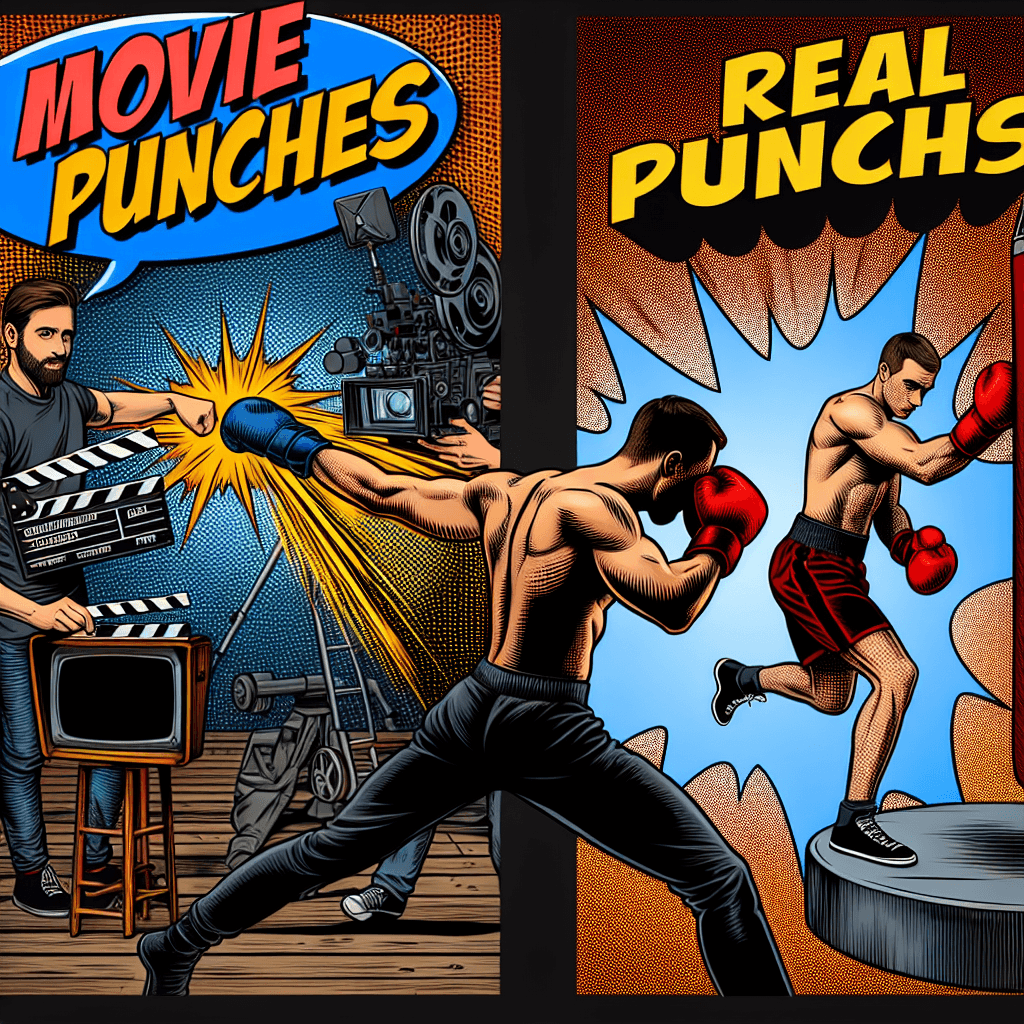Why is hot water used to create a smoother sheet of ice on skating rinks
It sounds like a paradox, but the secret to a flawless, glass-like rink isn't cold water—it's scorching hot. Discover the mind-bending physics that makes it work.


Too Long; Didn't Read
TLDR: Hot water has less trapped air, so it freezes clearer and denser. It also flows better into cracks and melts the top layer of the old ice, creating a stronger bond and a much smoother, more durable surface.
Skating on Glass: The Science Behind Why Hot Water is Used to Create a Smoother Sheet of Ice on Skating Rinks
It sounds like a paradox, doesn't it? To create a perfect, frozen surface, ice rink managers turn up the heat. Using hot water to resurface a skating rink seems counterintuitive, yet it's the gold standard for professionals worldwide, from local hockey arenas to Olympic venues. This isn't just a quirky tradition; it's a practice deeply rooted in physics that transforms a chopped-up sheet of ice into a pristine, glass-like plane. So, why does hot water work so much better than cold for creating that perfect glide? This post will delve into the fascinating science behind this essential ice-making technique, revealing how a little bit of heat leads to a superior freeze.
The Cold, Hard Truth About Cold Water
To understand why hot water is preferred, we first need to look at the problems with its logical-seeming counterpart: cold water. If you were to flood an ice rink with cold water, it would begin to freeze almost instantly, especially on contact with the frigid ice base below. This rapid freezing process is actually the source of the problem.
As cold water freezes from the top down, it traps countless tiny air bubbles and impurities within the ice. This results in a sheet of ice that is:
- Opaque and Cloudy: The trapped bubbles scatter light, giving the ice a milky, white appearance instead of a clear, transparent one.
- Brittle and Weak: The air pockets create structural weak points, making the ice soft, porous, and much more likely to chip, crack, and shatter under the force of skate blades.
- Rough: The quick, uneven freeze doesn't allow the water to properly settle and level out, leading to a bumpy and inconsistent surface.
How Hot Water Solves the Problem: It's All in the Physics
Hot water (typically between 140-160°F or 60-70°C) overcomes these issues through several key scientific principles. The magic happens in the moments before the water freezes.
Lower Viscosity and Better Flow
The first major advantage is that hot water has a lower viscosity—it's "thinner" and flows more freely than cold water. Think of the difference between spreading cold honey versus warm honey. The less viscous hot water spreads out more quickly and evenly across the rink. It seeps into every skate mark, gouge, and crack, filling them completely before it begins to freeze. This creates a fundamentally flatter, more level foundation for the new sheet of ice.
Melting for a Stronger Bond
When the hot water is applied by the resurfacing machine (often called a Zamboni), it slightly melts the top layer of the old, scarred ice. This process, known as thermal fusion, is crucial. It allows the new layer of water to form a powerful, seamless bond with the existing ice sheet below it. Instead of just freezing on top as a separate, weak layer, it becomes one solid, unified piece. This eliminates the weak seams that cause chipping and results in a much more durable surface.
Fewer Dissolved Gases for Clearer, Denser Ice
This is perhaps the most critical scientific reason. Water contains dissolved gases, primarily nitrogen and oxygen. Cold water can hold a significant amount of these gases. When cold water freezes, these gases are forced out of solution and become trapped as microscopic bubbles.
Hot water, however, holds far fewer dissolved gases. By heating the water, most of these gases are released into the atmosphere before the water ever touches the rink. With fewer gases to get trapped during the freezing process, the resulting ice has far fewer bubbles. This leads to ice that is not only visually clearer but also significantly denser and stronger. This phenomenon is related to the principles behind the Mpemba effect, the complex observation where hot water can sometimes freeze faster than cold water, partly due to the reduced gas content and faster heat loss through evaporation.
The Result: A Skater's Dream Surface
By leveraging these physical properties, using hot water to resurface a rink produces a superior sheet of ice in every measurable way. The benefits are clear for skaters of all types, from hockey players to figure skaters and casual enthusiasts.
- Smoother: The excellent flow and leveling properties create a near-perfectly flat surface, reducing friction and allowing for a better glide.
- Faster: Less friction means faster skating speeds, crucial for sports like hockey and speed skating.
- Stronger: The dense, bubble-free ice is more resilient and can withstand the wear and tear of skates, pucks, and falls without chipping as easily.
- Safer: A smooth, predictable surface without deep gouges or brittle spots reduces the risk of accidents and injuries.
In conclusion, the practice of using hot water to make ice is a perfect example of science in action. What seems like a contradiction is actually a brilliant application of physics. By reducing dissolved gases, lowering viscosity for a better flow, and creating a stronger thermal bond with the underlying surface, hot water builds a clearer, denser, and smoother sheet of ice. So, the next time you step onto a rink and marvel at the glass-like perfection beneath your feet, you’ll know the secret isn’t magic—it’s the simple, elegant science of hot water doing its job.
More Articles

Why do movie punches sound so much crunchier and louder than real ones?
That sickening, bone-crunching punch you hear in the movies is a lie, and the secret ingredient is probably sitting in your refrigerator right now.

What makes a beer bottle suddenly foam over just from a light tap on top?
It’s not magic, it’s a shockwave; discover the explosive physics that turns a gentle tap on your beer bottle into an instant foamy geyser.

Why do police officers touch the back of a car during a traffic stop?
It’s not a random habit; that simple touch is a calculated, old-school tactic designed to leave a crucial and potentially life-saving piece of evidence behind.